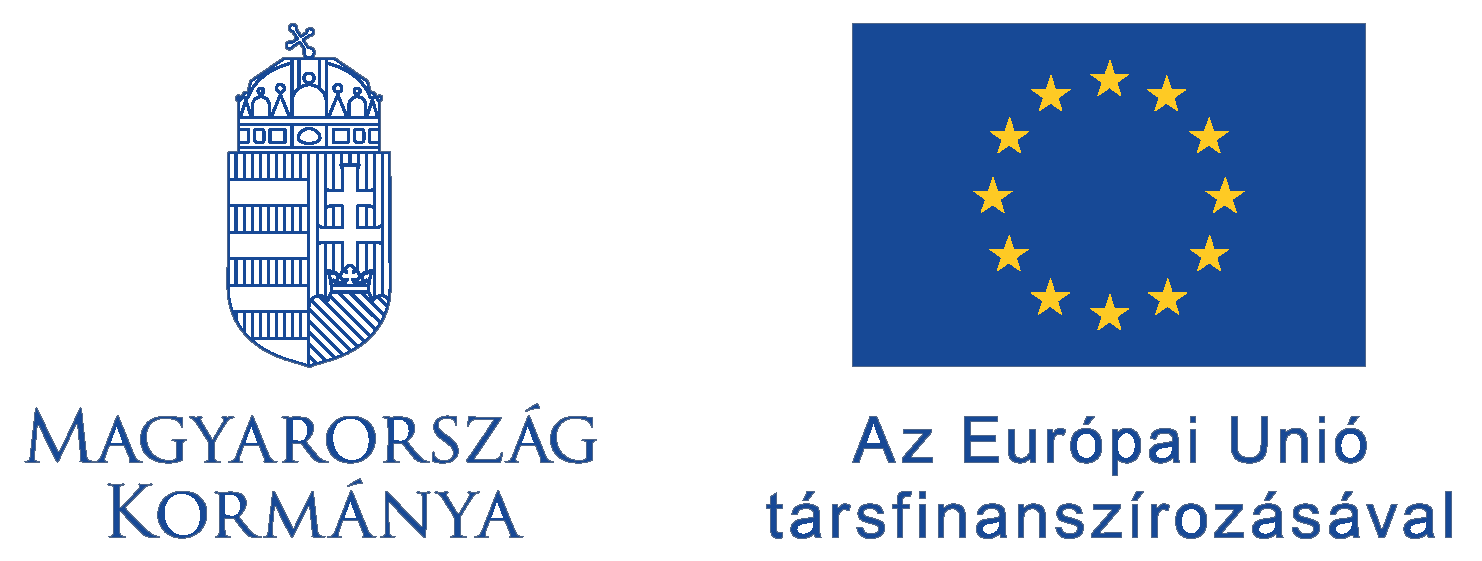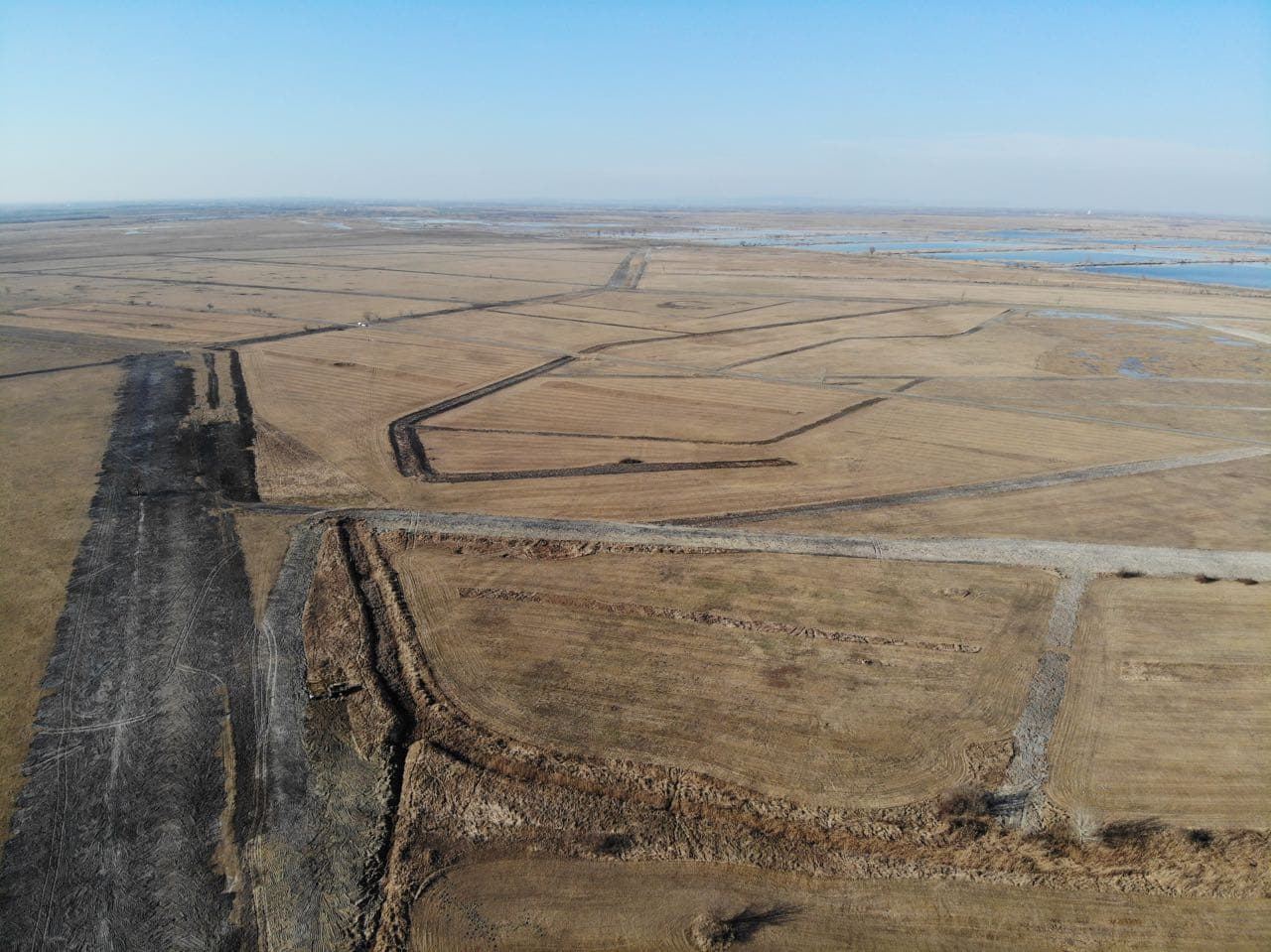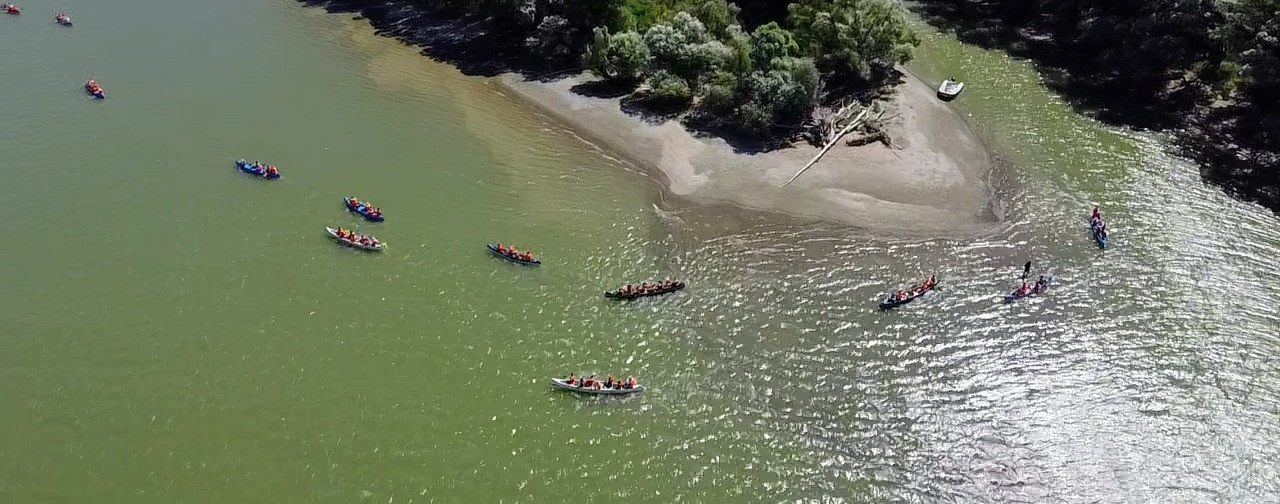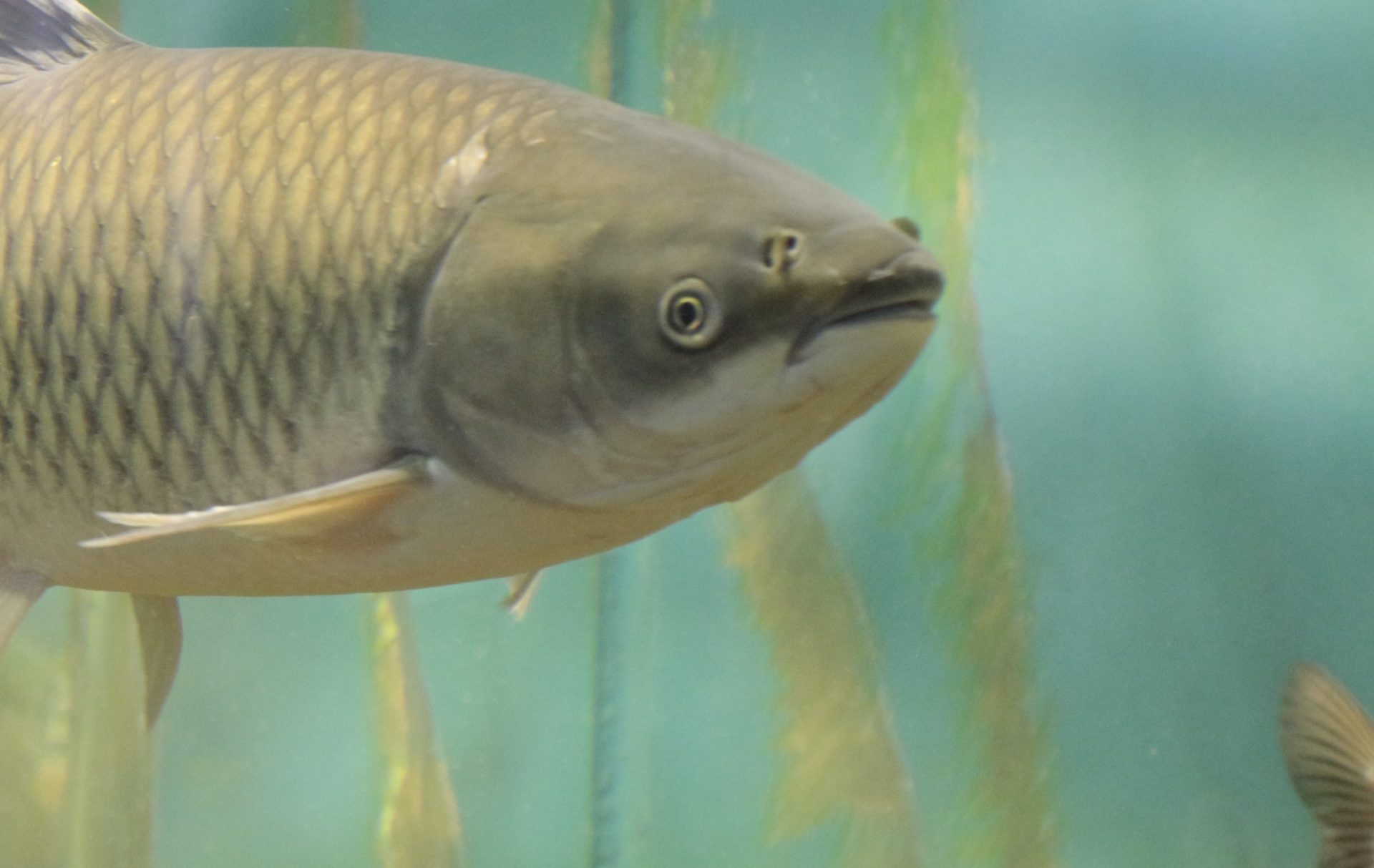The Kiskunság National Park Directorate has led a major project near Apaj in Pest County, on the Upper Kiskunság steppe, to erase the traces of unnatural water management and give the degraded ecosystem a chance to recover. Restoring such areas is essential to improve the conditions of protected and community-significant species and habitats, and to help preserve biodiversity.
The intervention area is part of Hungary’s second-largest continuous alkaline steppe and wetland chain after the Hortobágy, spanning more than 11,000 hectares in total. However, 20th-century drainage and soil treatment works drastically altered the landscape. Canals, dikes, rice paddies, and fishponds fragmented the region, artificially accelerating water runoff and gradually drying out wetlands that once teemed with life.
One of the project’s main goals was to remove the traces of this artificial water regulation. As part of this effort, about 140 kilometers of disused canals and dikes were dismantled, along with related structures, pits, and scars in the land. The work affected 1,500 hectares of habitat, where restoring the natural water balance has once again made it possible for saline meadows, reedmace-covered marshes, salt-steppe pastures, and wormwood grasslands to survive.
Bringing surface waters closer to their natural state has benefited both flora and fauna. The great bustard—one of Hungary’s most important breeding and nesting species in this region—has gained more favorable conditions: with the canals and dikes gone, habitats for predators that threaten the bird have diminished, improving the survival rate of chicks. Beyond bustards, the project also created better nesting opportunities for Natura 2000 species such as the redshank and the black-tailed godwit. In addition, invasive alien plants such as Russian olive were removed, reducing the likelihood of their return.
Another expectation of the project was to support environmental awareness through educational programs, further strengthening nature conservation efforts.
The development highlighted that in an age of global warming, adaptability is key. Traditional land use helps retain water, while restoring natural ecological processes ensures the long-term survival of both the landscape and its wildlife. Raising awareness is just as important: these revitalized habitats prove that water—once often seen as a burden—is in fact a treasure. A river’s overflow or retained floodwater is not a problem, but an opportunity.
This project has helped halt the loss of biodiversity, improved conservation status, and ensured that the alkaline steppe of the Kiskunság remains a living environment for future generations.
The development was implemented from EU funding in the project VEKOP-4.2.1-15-2016-00007 under the Competitive Central Hungary Operational Program.
Find out more about the project in the Project Finder: Details









